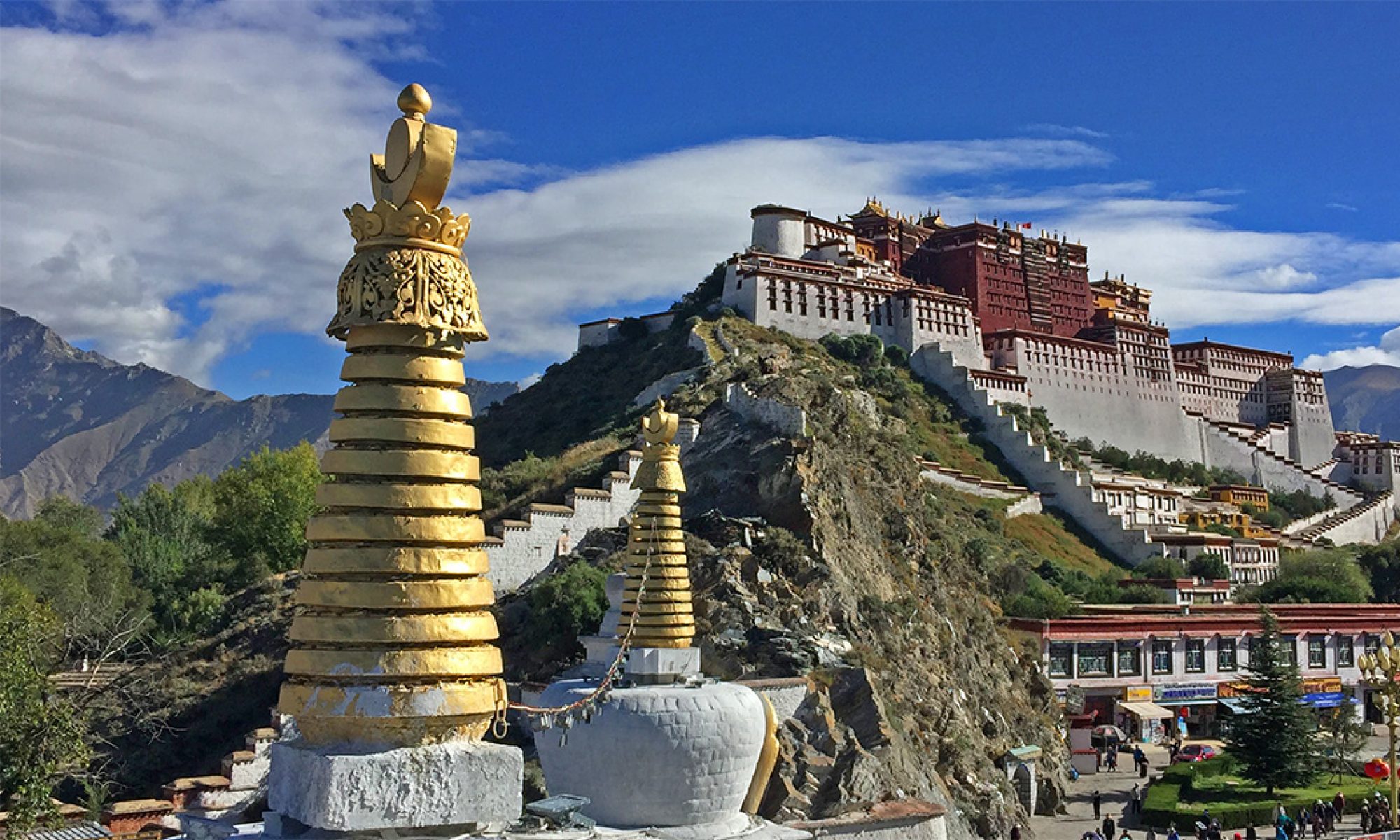Lcang skya Rol pa’i rdo rje (Changkya Rolpe Dorje)
Lcang skya Rol pa’i rdo rje (1717-1786) was an important Buddhist figure in the Qing court, a teacher and close associate of the Qianlong emperor and an important intermediary between the court and Inner Asia. Over the course of his career he acted as Qianlong’s main Buddhist translator, tutor, and National Preceptor. He was of Mongour descent, born in Northeastern Tibet and raised for the most part within the imperial court. He was recognized as a reincarnation of the previous Lcang skya lama (1642-1714) in 1720 and taken to court in 1724, after his home monastery was destroyed by Qing troops in response to a rebellion led by Lobjang Danjin. He would also later be identified as an incarnation of ‘Phags pa. At the Yongzheng Emperor’s court, he was educated in close proximity to the boy who would become the Qianlong emperor. This relationship would prove significant in later years, since Rol pa’i rdo rje served as Qianlong’s main Buddhist teacher and advisor in matters related to Buddhism, including art, literature, religious initiations and practices, and diplomacy. His education included training in most of the languages in use under the Qing as well as Buddhist topics suited to his role as a lama.
In 1734 Rol pa’i rdo rje made his first trip to Lhasa when Yongzheng permitted him to accompany the 7th Dalai Lama on his return to the Tibetan capital. This trip gave Rol pa’i rdo rje the opportunity to meet and study with the Dalai Lama as well as to make offerings to Lhasa’s major monasteries and present gifts from the Qing emperor. In 1735 Lcang skya lama traveled to Shigatse, where he met the Panchen Lama Blo bzang ye shes at Tashilhunpo monastery. Lcang skya took the vows of a novice at this time with the Panchen Lama, who gave him a new Dharma name, Ye shes bstan pa’i sgron me. A few days later he took the vows of a fully ordained monk, under the supervision of the Panchen Lama and other major lamas. When Yongzheng died in 1736, Lcang skya gave up his plans to stay on and study under the Panchen Lama and had to return to Beijing. The Dalai Lama and Panchen Lama offered religious statues and other significant gifts as parting presents.
When Lcang skya arrived in Beijing, the new emperor, his childhood peer the Qianlong, named him chief administrative lama in Beijing. Early in his career as administrator, Lcang skya urged the emperor to grant disputed border areas to the Dalai Lama. While the emperor refused to grant the land, he did follow Lcang skya’s advice in part, by granting the Dalai Lama a yearly allowance of five thousand taels (taken from the Dajianlu revenue). After the internal political tensions in Lhasa came to a climax in 1751 (with the execution of the secular leader ‘Gyur med rnam rgyal), Qianlong named the Dalai Lama the political and religious leader of Tibet. Lcang skya’s biographer Thu’u bkwan asserts that this significant decision was largely due to Lcang skya’s advice.
After the death of the 7th Dalai Lama, the Qianlong sent Lcang skya on a second mission to Lhasa. There was debate among Tibetan officials over whether the new Dalai Lama’s regent, De mo, would have both religious and secular power. The bka’ blon or cabinet members aimed to take over secular control and let the Dalai Lama manage religious matters. Lcang skya advised the emperor to entrust De mo with full religious and secular authority in order to avoid conflict among the cabinet members. The emperor granted De mo religious authority and relied on the ambans to limit the power of the lay elite cabinet members. In 1757, Lcang skya departed for Lhasa again, this time with a large entourage including a minister, several officials, and two Imperial physicians. During this stay, Lcang skya performed various religious and political tasks for the emperor, keeping the Qianlong apprised of the situation in various Inner Asian locales, as far west as Ladakh. He was closely involved with identifying the 8th Dalai Lama and wrote the 7th Dalai lama’s biography. At the same time, Lcang skya studied under major lamas, most significantly the Panchen Lama. In 1779, Lcang skya arranged for the Panchen Lama to undertake a trip to Beijing to celebrate the Qianlong’s birthday. A monastery modeled after Tashilhunpo was built in Jehol in honor of the visit. During the Panchen Lama’s visit Lcang skya performed religious and diplomatic functions such as instructing the lama on how to approach the emperor and translating Dharma teachings between the two. The Panchen Lama contracted smallpox and passed away during this visit.
Lcang skya’s work as a translator was by no means limited to oral translations – he also oversaw the creation of (Mongolian, Tibetan, Manchu, Chinese, and Chagatay language) dictionaries and translations of Buddhist teachings in textual form. As a Buddhist administrator in Beijing, he played an important role in founding Yonghegong, a monastic college for Mongol, Manchu, and Chinese monks. Like Wutaishan, this college combined an Imperial palace and a Tibetan Buddhist monastery. He was also instrumental in developing the systems of iconography, cataloguing, and inscribing that would prove so important to the Qianlong’s projects in Buddhist art.
Sources:
Berger, Patricia. Empire of Emptiness: Buddhist Art and Political Authority in Qing China.
Tuttle, Gray. Tibetan Buddhists in the Making of Modern China.
Wang Xiangyun. The Qing Court’s Tibet Connection: Lcang skya Rolpa’i rdo rje and the Qianlong Emperor.
Entry by Dominique Townsend
user-1541802581
